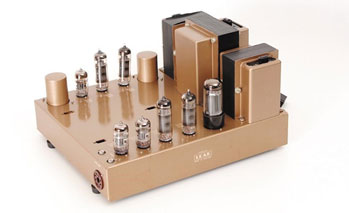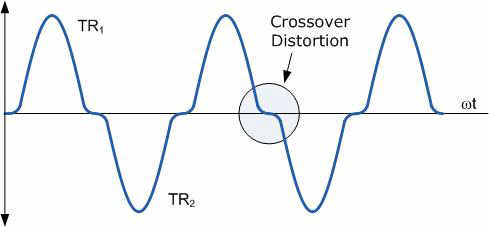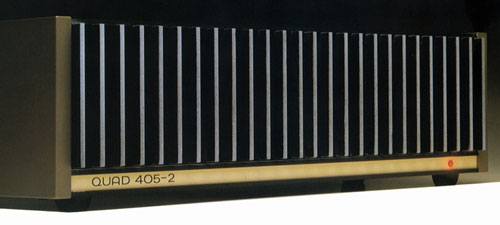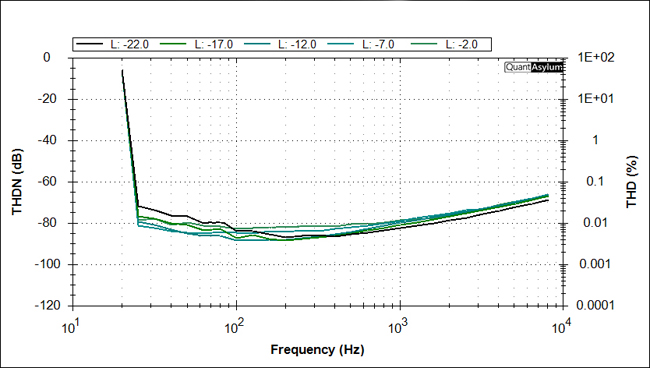ZinAmp's Simultaneous Class A delivers Class A sound with over 100w PC of power, driving any domestic loudspeaker with very low distortion - at all listening volumes.

Leak Stereo 20 Class A amplifier - 1958
The sound of Class A amplification has long been coveted by discerning audiophiles. A Class A amplifier achieves a smooth relaxed sound with no crossover distortion; this is because its output devices are always on, rather than switching on-and-off during the wave cycle like a Class B or A/B amplifier. Class A amplifiers tend to dissapate a lot of electrical power whilst delivering relatively low levels of music power i.e. they are inefficient. As a result, they tend to run quite warm and require very sensitive speakers to elicit the best sound from them - but let us not forget how good that sound is!

JBL SA-600 Class B Amplifier - 1968
A Class B or A/B amplifier delivers more power and less heat because each one of a pair of devices are only on for one half of the wave cycle. However, whilst these amplifers seem to perform well in tests with sine-waves - showing little or no crossover distortion - they sound different from Class A amplifiers. A number of respected audio designers believe that back-EMF generated by loudspeaker coils whilst playing 'real music' creates these small amounts of crossover distortion, to the point where they become audible. It is also one of the many reasons why audiophiles still covet the sound of Class A.

A sine wave showing crossover distortion
A Class B amplifier can be 'overbiased' to be in Class A for some of the time; known as class A/B. A number of manufacturers who do this do achieve a Class A like sound at lower volumes, whilst generating a little extra heat. However, at higher volumes, an amplifier like this will move back into Class B again, usually with some additional audible distortion.
ZinAmp Simultaneous Class A (SCA) avoids this problem of increasing distortion with power or volume. It is in fact two output stages; a Class A stage driving a more powerful Class B stage. Both stages are connected to the output and together, they create an error-correction network know as 'feed-forwarding' which - like a class A amplifier - is 'always on' and doesn't switch at the crossover point. The result is an amplifier that sounds more like a Class A amplifier but doesn't rapidly transition into Class B at higher volumes. The measurable distortion rises only very slightly with volume i.e. it doesn't suddenly jump like class A/B.
The idea of achieving Class A performance with Class B power is not completely new. Other than the overbiasing approach mentioned above, the Quad company developed their 405 model amplifier which was launched around 1978. This featured a technology that Quad patented themselves which was coined as Current Dumping. More information on the Quad 405 and 405 Mk II amplifiers can be found here, but the core aim of the 405 was to provide Class A like sound with 100W pc of music power; using a small Class A amplifier bolstered by current 'dumped' from a pair of Class B output devices.

Quad 405 MkII Power Amplifier
ZinAmp SCA works in a similar way and does indeed utilise the same current-dumping principle. Whilst the Quad 405 runs almost completely cool to the touch, SCA dissipates a small amount of heat. This is because the Class A stage in SCA has a lot more power than in the Quad 405 and the Class B stage is biased to about 60mA, whereas in the Quad, there was no Class B bias at all. These differences are what gives SCA it's unique performance.
One audible and measurable difference is how an SCA amplifier performs as power demand increases (i.e. at higher listening volumes and into 4 ohm loads). SCA is able to sustain much lower levels of harmonic distortion at near full power than the Quad 405 (we tested the 405 Mk II). This is not to discredit the 405, but given that the 405 Mk I and Mk II are now very rare and sought after, we like to think SCA goes some way to rekindle interest in these innovative and very high fidelity amplifiers, offering enthusiasts a true step forward in audio enjoyment.

ZinAmp SCA - THD over Frequency as Volume increases
Total Harmonic Distortion (THD) of a ZinAmp SCA power amplifier is around 0.008% at normal listening volume, rising to 0.009% at half-power and 0.01% at near-full power. THD comprises mostly of the lower 2nd harmonic associated with tube amplifiers - this is 'musical' distortion which is one octave above the fundamental frequency and is known to be pleasing to the ear - also referred to as 'warm' sounding.
SCA is a standard feature of all ZinAmp power amplifiers and runs slightly warm to the touch - as well as to the ears!



